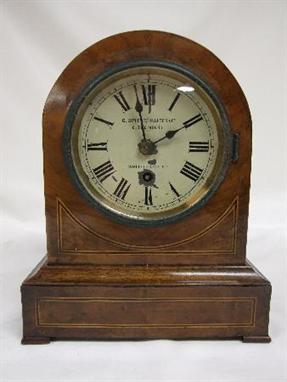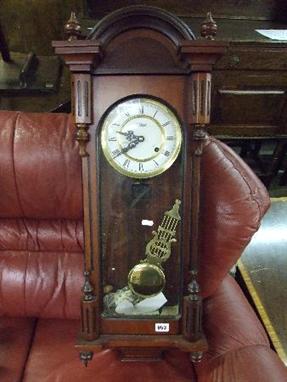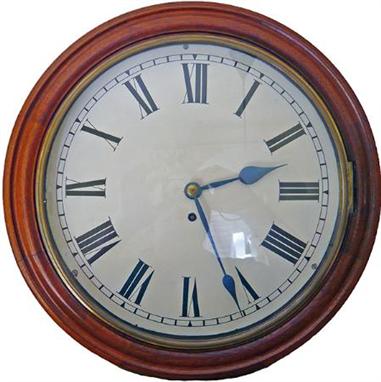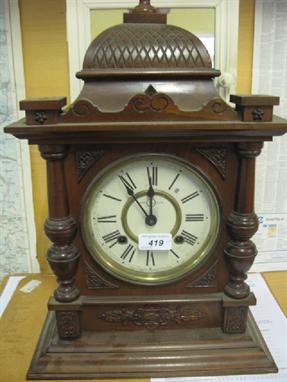460345 Preisdatenbank Los(e) gefunden, die Ihrer Suche entsprechen
460345 Lose gefunden, die zu Ihrer Suche passen. Abonnieren Sie die Preisdatenbank, um sofortigen Zugriff auf alle Dienstleistungen der Preisdatenbank zu haben.
Preisdatenbank abonnieren- Liste
- Galerie
-
460345 Los(e)/Seite
The awards of James Rennie, CB, Indian Navy 1827-1857 who was recommended for the Victoria Cross following the Persian campaign, comprising CB in gold, bearing Geo III hallmark (date letter not visible due to case mounting), (1 lion missing from angles); China 1842, now fitted with scroll suspender and now engraved James Rennie Lieut HEICS Sesostris; IGS 1854, 2 clasps Pegu, Persia, (similar scroll suspender and similarly engraved in block serif capitals Comr Rennie “In Steam Frigate Zenobia”); France, gold medal “Ministre De La Marine - À Rennie Capne De La Marine Anglaise - Service Rendu À un Navire Francais 1853” GEF. Framed. See Front cover. During the China War James Rennie was in command of the Hon East India Company ship Sesostris. A family history by Alastair John Rennie (not included in lot) states “On 31August the “Sesostris” assisted in covering the landings of troops and Marines in face of intense Chinese fire from their fortresses and batteries...”During the next year the fleets and transports carried out landings at Tinghae, Chinhae, Ningpo Tsekee, Chapoo, and finally ... to Nanking...In all these operations Sesostris played a conspicuous role and James won a high reputation for his courage and dash leading his marines in many assaults on the formidable Chinese defences.” During the Burmese War 1852-53 James was promoted to Commander of the Indian Marine vessel Zenobia. He was present at the capture Rangoon and Bassein. “In the absence of any help from the military, he volunteered the services of his ship and blue jackets to help the Deputy Commissioner at Bassein, Captain Fitch, pacify the hinterland and rid if of Burmese forces still giving trouble. Twice he did this and convincingly proved himself as good a soldier as he was a sailor. He led his force, together with naval guns, through the densest jungle in a climate which had proved fatal to many European (sic) and succeeded brilliantly in trapping the Burmese forces, numbering some 3,000...” For his services Commander Rennie received a Sword of Honour from the Court of Directors of the East India Company. Throughout the Persian campaign Rennie commanded the ship Firoze. The family history again relates “it was resolved to attack Mohammerah, a fortress at the head of the Gulf defended by some 13,000 Persians....Sir James Outram wrote “on 24 March a boat with muffled oars, ..proceeded up the river to choose a position for a mortar battery, but when closely under the forts, it was discovered that the selected site for the mortar was a swamp. The ingenuity of Commander Rennie came to the rescue with the proposal of a mortar raft and in defiance of the engineers who said the first shot would smash it, a raft was constructed during the night, under Commander Rennie’s direction, of casks and studding sail booms securely lashed together and being manned by the Bombay Artillery...was towed up to its position opposite the Northern Fort”. On 26 March ...the Indian Navy frigates proceeded to the attack. The Firoze and Assaye moved up the river to a position opposite the northern battery and after an hours bombardment from the ships and the mortar battery, the order to close was given. The Firoze and Assaye then moved to within sixty yards of the earthworks and at about 10 0’clock the magazine of the northern fort blew up...The British loss was only ten killed and thirty wounded. The Persian army of 13,000 was beaten and dispersed losing some 300 killed...” and it was reported that “Commander Rennie’s happy thought of placing around the bulwarks of several vessels trusses of pressed hay in which the musket balls of the Persian matchlock men lodged without injury to anyone, thus 300 bullets were found buried in the sides of the Firoze and vast numbers were taken out of the hay trusses.” On 23 May 1857 General Outram, in a letter to the Chairman of the HEIC states “In due course I will send the names of individual officers who are worthy of distinction; some I hope may gain even that greatest of all distinctions, the Victoria Cross. One especially, Commander Rennie of the Indian Navy, will be found to have earned a just claim to it.” James was awarded the CB at this time.
GWR 12 inch Mahogany cased fusee clock, with chisel base to the bottom of the drop. A significant Great Western clock with chain driven fusee and a nice Ogee surround to the dial. The movement of typical London style has many John Walker characteristics which point to this clock being supplied by this maker between 1853-1871. Subsequently, Kays took over the supply of clocks to the GWR. The clock is in unrestored original condition with a cast brass bezel, Ivorine numberplate GWR 651 and the same number chalked onto the back box. The movement is stamped 7185 as are the bezel hinge and pendulum. A rare clock and the best of this type we have ever seen.
GWR Oak cased 5½" Diameter Signal Box / Office Wall Clock by Smiths England. This type of clock is generically known as a "Pork Pie" , the wooden surround is stamped GWR at the top and this is a feature found on the earlier ones, the dial shows the number 0.354 .The movement is cleaned and fully working and the removable back still has a British Rail Collectors Corner label attached to this effect. A nice example of this style of clock.
GWR 14" mahogany cased fusee dial clock. The GWR numberplate 1695 is fixed to the left hand side of the backbox. The case and movement date this clock to around the 1930`s period so it is quite a late GWR clock. The dial has been repainted post 1948 and shows `BR-W`. Looks to be in working condition but requires checking and some restoration. In totally ex Railway condition with the glass missing and no key.
-
460345 Los(e)/Seite



























































